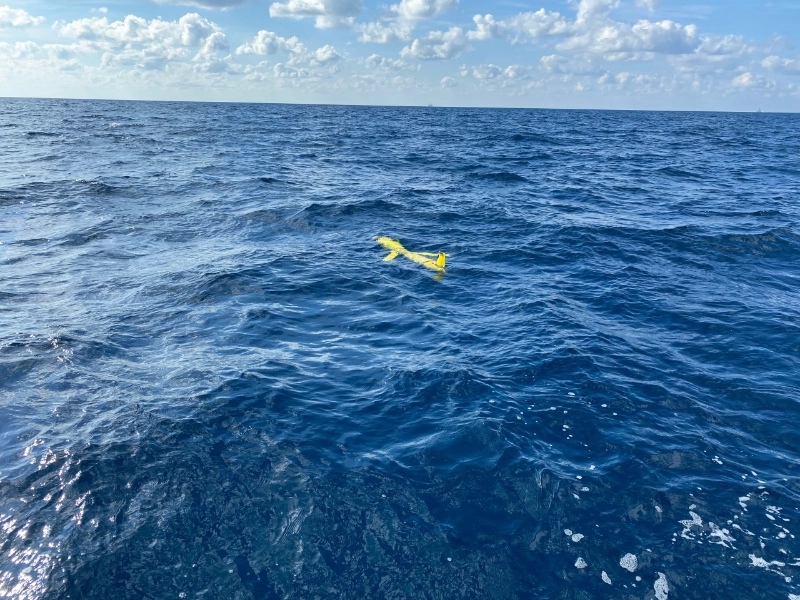9. The Underwater Glider: Efficient Long-Term Ocean Monitoring

The underwater glider represents a significant advancement in long-term ocean monitoring and reconnaissance. These self-contained vehicles are designed to glide through the water column with minimal energy consumption, enabling them to undertake missions lasting weeks or even months. Underwater gliders operate by adjusting their buoyancy to move up and down in the water, using small wings to convert vertical motion into forward propulsion. This unique form of propulsion makes them highly energy-efficient, allowing for long-distance missions that would be impractical or impossible with traditional propeller-driven vehicles. Equipped with a variety of sensors, underwater gliders can collect data on temperature, salinity, oxygen levels, chlorophyll content, and other oceanographic parameters as they traverse vast stretches of the ocean. Their ability to gather continuous, high-resolution data over large spatial and temporal scales makes them invaluable tools for studying ocean processes, monitoring climate change, and improving weather forecasting models. One of the key advantages of underwater gliders is their ability to operate in challenging environments, such as under ice or in remote ocean regions, where traditional sampling methods are difficult or unsafe to use. The data collected by these devices can be transmitted to shore stations via satellite when the glider surfaces, enabling near real-time monitoring of ocean conditions. As technology continues to advance, we are seeing the development of gliders with enhanced capabilities, including improved sensors, longer endurance, and the ability to operate at greater depths. The success of underwater gliders in underwater reconnaissance has opened up new possibilities for exploring and understanding the vast and dynamic marine environment.
Advertisement

